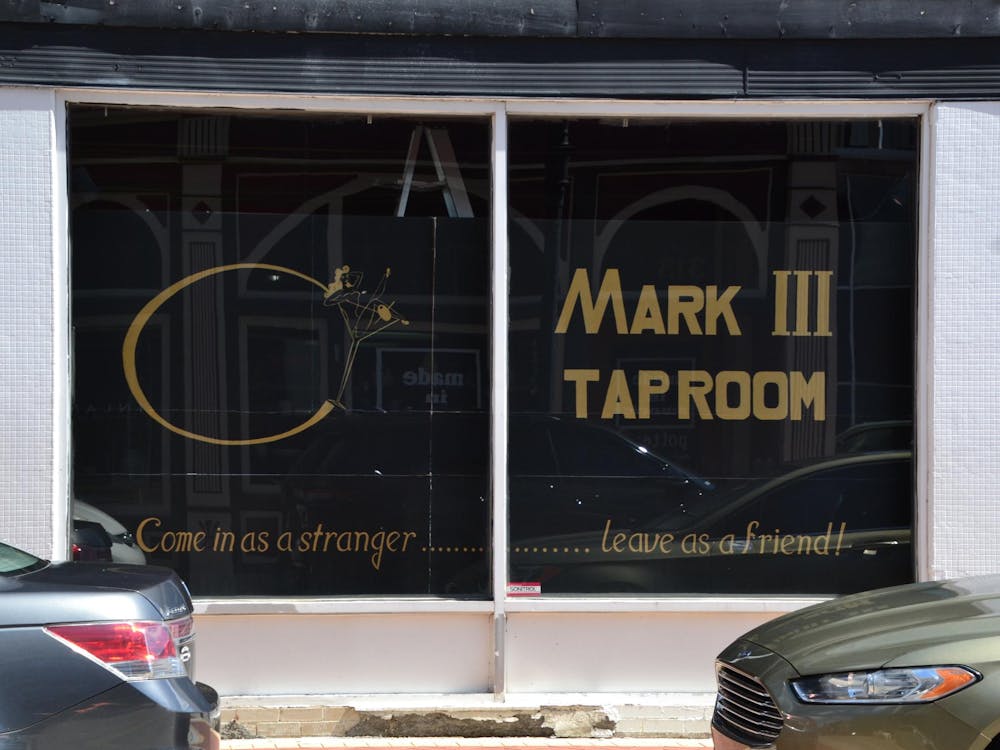Five individuals affiliated with Ball State University have been arrested for accessing child porn, a few even accessing that material on university grounds.
The four original individuals who were arrested within a six month period in 2016 include Brian Siebenaler, Randal Ray Schmidt, Robert Yadon and Brian Koby, were not related in terms of a child pornography ring.
More than two years after these arrests, residence hall director Braden Robinson was arrested Oct. 1 on five charges of possessing child pornography, according to a probable cause affidavit.
According to United States Federal Law, child pornography is defined as “as any visual depiction of sexually explicit conduct involving a minor.”
Andres Hernandez, a clinical psychologist who has conducted studies on child pornography offenders, said there is a broad spectrum of individuals who are child pornography offenders. He said some offenses are qualitatively different than others and should be judged as such.
“It is important not to make assumptions about the offender based on just the term ‘child pornography.’ It’s an overly-inclusive term,” Hernandez said.
However, he said the over-inclusion is rightful because the material is illegal and can be harmful. Hernandez said when child pornography is discussed, it’s important to understand the context and explanation of the situation from a psychological perspective.
Peter Collins, associate professor at the University of Toronto in the division of forensic psychiatry, said he cannot comment on the diagnosis of any of the individuals arrested, but he said people who access child pornographic material likely have an erotic preference toward children.
“People who sexually assault children are a heterogeneous group. Some of them will be erotically attracted towards children. Others will be, what we term, opportunistic, or situational offenders or surrogate offenders. Their crime-erotic preference is towards age-appropriate adults, but for a variety of reasons they offend against children,” Collins said.
He said most people who access child porn do so through subscriptions to offshore sites.
In a 2006 study from the Journal of Abnormal Psychology, 685 patients were given assessments between 1995 and 2004 of their sexual interests and behavior. The study found that consuming child pornography is a stronger indicator of pedophilia than sexually offending a child.
“Just because you’re a child molester doesn’t mean you’re a pedophile, and not all pedophiles are child molesters,” Collins said.
In another study co-authored by Hernandez in 2009 for the Journal of Family Violence, it was found that in a treatment group of child pornography offenders, the sample were “more likely than not to have sexually abused a child via a hands-on act.”
Hernandez said over the course of this study, those being treated, who, for the most part had clear criminal records, had previous undisclosed, undetected and hands-on sexual criminality involving children. Hernandez said these offenders can progress over time to more deviant behavior as an offender continues to collect and view.
“While the content itself — the gender of the children depicted, the ages of the children depicted — may be somewhat predictive of sexual arousal patterns and preferences, it doesn't entirely paint the whole picture,” Hernandez said.
Hernandez said a child pornography offender might collect content that is especially deviant or provocative in order to trade for material that they actually want. So, what the offender may have in possession may not be indicative of what they actually want.
“People collect what they’re interested in,” Collins said.
According to an affidavit of Robinson’s arrest, Ball State’s Information Technology Department found suspicious activity and contacted the University Police Department. In the affidavit, Robinson said “he had been knowingly and intentionally viewing digitized pornographic video and photographs of young girls for approximately three years.”
Robinson said this included thousands of images and videos of children between the ages of 8 and 18 in states of nudity and engaging in sexual acts with other children and adults. However, he said his preference is within the ages of 8 and 13, but said he has viewed material with children as young as four.
“The images do exist out there. Most of the images are recirculated. But there is an ongoing industry that demands new images,” Hernandez said.
Collins said he couldn’t say whether or not the individuals arrested are pedophiles. He said before the internet, child pornography was difficult to find and now more people are willing to risk viewing the material since it is much easier to access.
Collins said the internet hasn’t necessarily created more people interested in child pornography, it has simply made it easier for those people to access it.
Marc Ransford, senior communications strategist, said the university would not comment further on the recent developments.
Contact Andrew Harp with comments at adharp@bsu.edu or on Twitter @adharp24.





